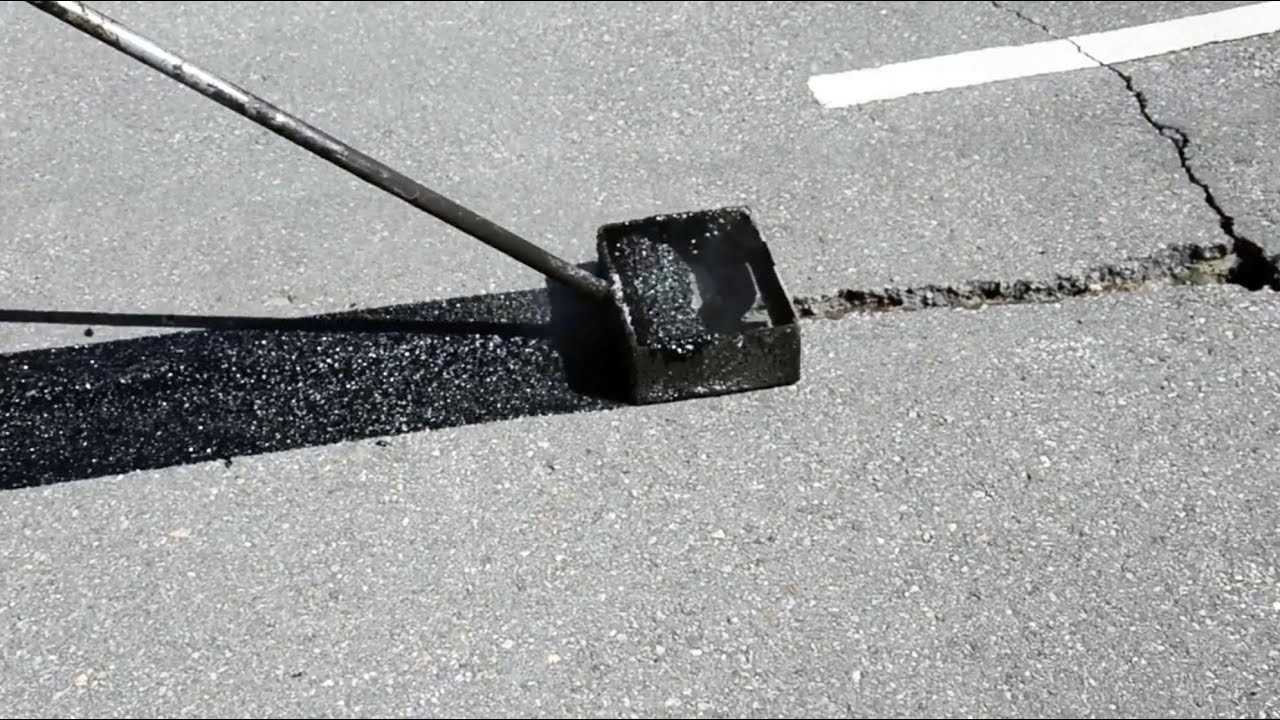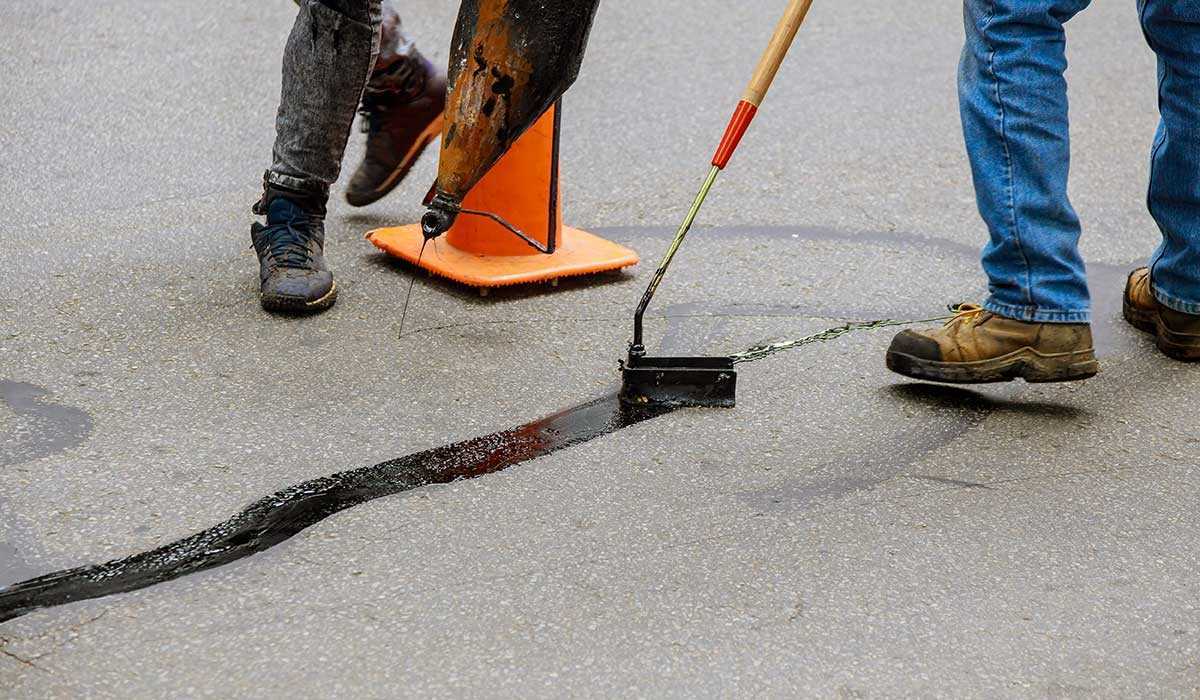How to Repair Driveway Cracks – Asphalt and Concrete
Overview
Asphalt surfaces are susceptible to developing cracks and gaps throughout their whole. On the other hand, it occurs more often in areas where joints, as well as seams, intersect, such as the intersection of an asphalt edge with a concrete curb, a concrete floor in a garage, or the foundation of a homemade asphalt crack filler.
There are a lot of different things that might cause cracking, such as prolonged exposure to the elements of nature and the weather, repeated freezing and thawing cycles in areas that experience cold weather, damage caused by vehicles, and improper installation. These cracks, if they are not filled and encased in a timely fashion, allow water from rain, melted snow, or runoff from water hoses to pierce the subgrade, in addition to the trust or basement walls, which causes them to become weak and compounds the damage. If you do not fill and seal these cracks in a timely fashion, they can cause significant damage.

However, this is only a short-term solution, and some homeowners utilize liquid crack filler that is water-based and purchased from their neighborhood hardware shop. As a result of the insufficiency of the binding chemicals, the sealant won't last more than a few months until it begins to flake off or come undone. This choice is permissible provided that a more permanent repair, such as cleaning or repaving, is planned to take place within the near future.
Depending on the extent of the cracks, the best way to keep them from creating and further causing more significant damage would be to fill them with either a driveway crack repair or start to melt expert rubberized best asphalt driveway crack filler. This will prevent the cracks from spreading further and will stop further damage from occurring.
Cracks that appear in the seams and joints of asphalt and concrete may be repaired as follows:
Take a Look at the Forecast
After you get the how to repair cracks in the asphalt driveway, check the weather forecast and make sure there won't be any rain for at least 48 hours. However, crack filling may still be done at temperatures lower, as provided as the crack is warmed to 400F or 500F, or above. The ideal ambient temperature for scheduling crack repairs is 400F; nevertheless, crack filling can be performed at lower temperatures. When heating fractures in concrete, professional contractors often make use of a torch or heat lance.

Prepare the Openings
Remove any aggregates, plants, and loose debris from inside the cracks, and then clean them. Remove any water that is standing by siphoning it off or draining it. To sweep away smaller trash, you may either make use of a reliable bristle brush or a debris blower that is powered by gas. You have the option of power washing cracks; however, you should wait until the cracks are dry before filling them to guarantee that the crack fill will adhere correctly. Use an expert sidewalk edger that is particularly intended to clean gaps between the asphalt as well as concrete if you would want to do the task in the same manner that a professional would.
In the Process of Filling Shallow Cracks
Crack fill melters, which are used to heat and melt rubber hot-pour crack filler, may be rented by homeowners from local equipment rental shops for use on cracks of half an inch or less in depth. The molten material should then be transferred into a steel pour pot so that it can be applied over the fractures easily and smoothly.
If you are an asphalt maintenance contractor, we strongly suggest that you invest in a quality push melter application such as the RY10 Pro. This will allow you to complete every work in a professional manner and to the full pleasure of your clients. The combination of the RY10 Pro and the half-pallet crack fill is an excellent investment that may provide a significant return.
Repairing Extensive Fissures
Use cold asphalt repair for cracks that range from one inch and four inches deep. For how to repair large cracks in asphalt driveway as 2 "Using a hand shovel, a trowel, or a putty knife, carefully scoop the product straight into the crevices that have been prepared. Put in enough material to bring it to a level that is just slightly higher than the base of the roadway. Use a portable tamper with a metal head that can be obtained from tool rental stores, to pound the mixture down until it is as compact as possible.
If there are more than two cracks, "If the holes are deep, you should start by filling them with fine sand or broken gravel to provide a basis. Fill up the void with gravel or sand until it is about two inches below the rim as well as spread it out evenly. When you have added enough of the hot asphalt patch so that it is just slightly higher than the edge of the hole, tamp it down until it is completely compact. If you want an even as well as professional result, using a vibratory plate compactor on larger areas is the way to go.

Curing
If you want to avoid leaving tracks in the repaired areas after driving so over crack fill or patch, you should let them between 24 and 48 hours to cure. When the substance is no longer sticky to the touch, you will realize that it has been set and is ready for use. When the temperature is higher, the goods will be set more quickly.



![Top Reasons To Have SEO Plan For Every Dubai Business [2025 Update]](/thumnails/blog/2024/11/1732278589.jpg)















